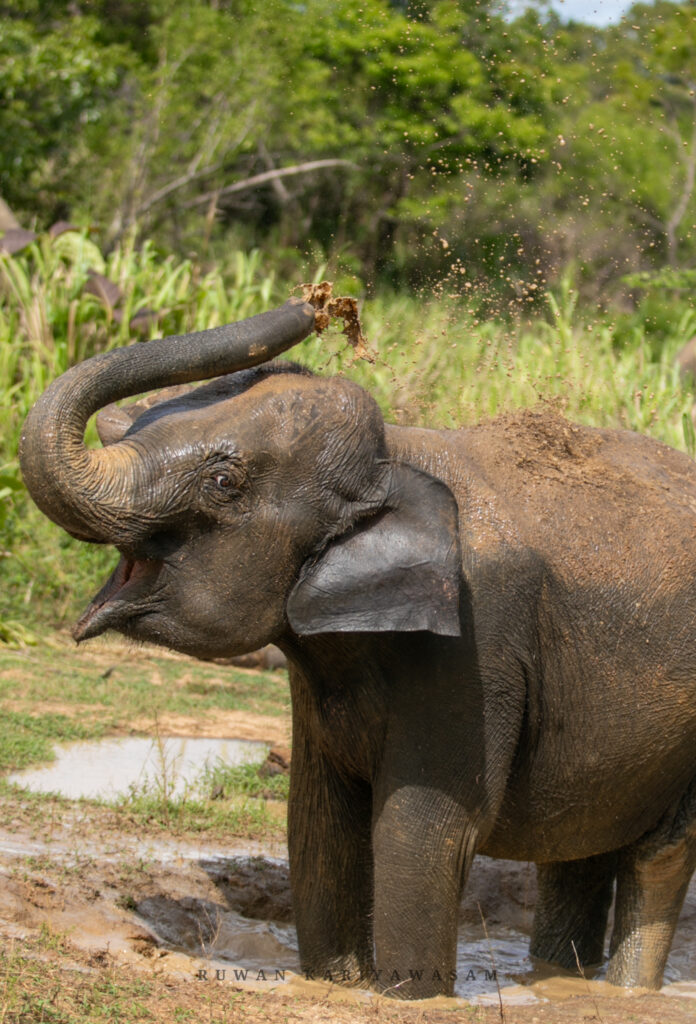
Why November–January is the ideal time for wildlife spotting in Sri Lanka’s south & west

When planning an unforgettable wildlife adventure in Sri Lanka, timing is everything. For the south-west region of the island (think coastal beaches, wet-zone forests and safari parks accessible from the south & west), the period from November to January stands out as a golden window. In this blog we’ll explore why this is such a special time — and how the team at Nature Voyage can help you craft tailor-made holiday packages Sri Lanka to maximise your chances of spotting amazing wildlife.
1. Seasonal weather advantage: dry coast & green forests
- The south and west coasts of Sri Lanka emerge from the south-west monsoon around October/November, meaning by November you typically have dry, sunny days and calm seas along the south-west shoreline.
- With lower rainfall, habitats like the coastal wetlands, forest edges and safari zones become more accessible, the under-growth less dense and wildlife easier to spot.
- Importantly, because water sources (in some inland parks) start to dwindle slightly after the rainy season, animals concentrate around the remaining waterholes — increasing spotting opportunities.
2. Migratory bird influx and rich bird-life
- From November through March the wetlands of the south and west become a magnet for migratory birds escaping colder zones elsewhere.
- Parks such as the coastal ones in the south/west see both resident species and migrants — offering spectacular bird-watching.
- For a specialised tour of birds, this season offers dramatic colour, movement and variety in places where visibility is good (thanks to drier weather).
3. Sea-life meets safari: whales, turtles and terrestrial wildlife
- Off the south coast, particularly around the Mirissa area, the period from November through April is prime for spotting whales (including the majestic blue whale) and dolphins.
- Sea turtles also begin to appear along the coast for nesting from around November onwards.
- On land, the drier terrain makes safari parks more rewarding: animals gather, tracks are more visible, and you’re more likely to get good sightings and photos. While some parks are best later in the dry season, this window gives a very good start opportunity.
4. Less crowded & premium travel experience
- Early in the high season (November/December) you beat the very peak crowds of January & February — meaning you’ll enjoy better pick of accommodation, better safari / boat-trip slots and more relaxed travel.
- Using a specialist like Nature Voyage means you can customise your holiday packages Sri Lanka to include the best wildlife zones, comfortable lodging, and off-beat moments — rather than just the “tourist trail”.
5. Recommended itinerary highlights with Nature Voyage
Here’s how you might structure your wildlife-focused trip for November–January with Nature Voyage:
- Day 1-3: Arrival on the south or west coast (e.g., around Galle / Bentota or the southern beach belt). Rest, explore coastal wetlands for birds, go for sunset-boat or lagoon rides.
- Day 4-6: Move into a safari zone like Udawalawe National Park or a lesser-visited south-west interior park. Early-morning and late-afternoon drives when wildlife are active.
- Day 7-9: Head to the sea-coast for a whale-/dolphin-watching excursion (e.g., from Mirissa) and perhaps a turtle-nesting beach at dusk.
- Day 10: Return, enjoy some beach time or forest-walks in a wet-zone rainforest (fantastic for both birds and endemic mammals).
Throughout, Nature Voyage tailor-fits your transfers, guides, accommodation and ensures you’re in the best zones for that season.
6. Why November–January over other months?
| Season | Wildlife-spotting benefits in south & west | Why November-January stands out |
| May-Sep (south-west monsoon) | Some dry pockets but many areas affected by rain | Many safari roads muddy, seas rough, more downtime |
| February–April | Very good for whales, dry lands, great safari | But also busier, accommodation busy / more expensive |
| November–January | Dry coast & interior, migratory birds arrive, seas calm, great value | Combines both land + sea wildlife, fewer crowds, tailored travel options |
This convergence of conditions is why November through January is a sweet-spot for wildlife in Sri Lanka’s south & west.
7. Travel tips for making the most of your trip
- Early mornings: Wildlife is most active at dawn or dusk — plan safari drives accordingly.
- Binoculars & camera: The right gear helps, especially for birds and more elusive mammals.
- Comfortable layers: Even though it’s drier, mornings may be cooler and evenings humid — bring lightweight gear.
- Respect nature: Stay a safe distance from wildlife, use ethical operators (especially for whales/turtles).
- Book in advance: Because this window is increasingly popular, reserve your safari-jeeps, boat-trips and accommodation ahead.
- Work with the specialist: By partnering with Nature Voyage you’ll gain local knowledge of which parks are best in which exact week, and how to align your holiday packages Sri Lanka with seasonal peaks.
8. Final word
If your dream is to combine vibrant birdlife, majestic mammals, dive-in marine-life experiences and lush natural landscapes — all in one trip — then the November–January window in Sri Lanka’s south & west is hard to beat. With Nature Voyage designing your holiday packages Sri Lanka, you’ll not only visit at the right time — you’ll also travel smart, stay comfortable and pick the wildlife zones that deliver.
Recent Posts
Why November–January is the ideal time for wildlife spotting in Sri Lanka’s south & west
Birding in Sri Lanka: Top 10 Must-See Species and Where to Find Them
The Ultimate Sri Lanka Wildlife Safari: What to Expect & How to Prepare
All Categories

Thailand





